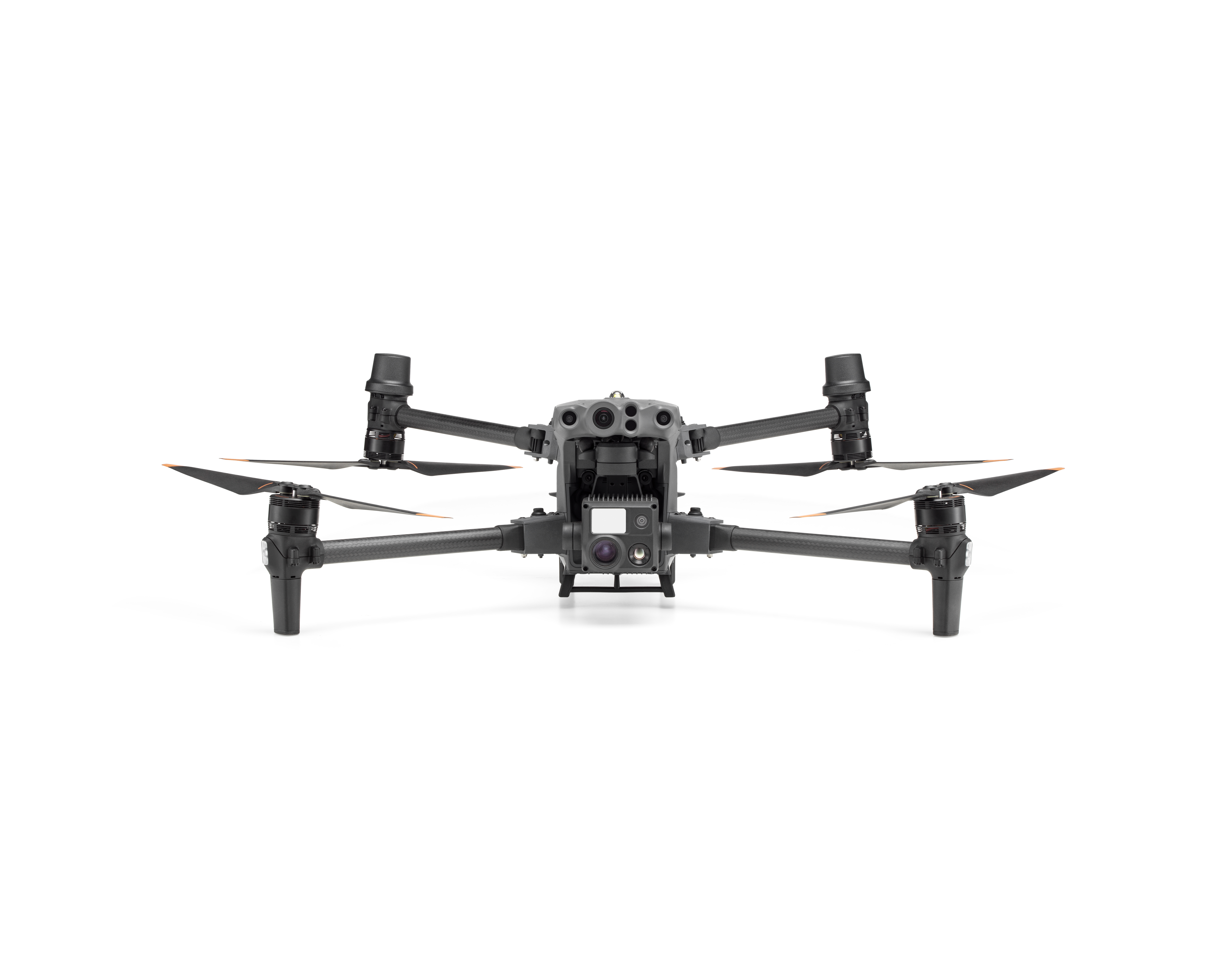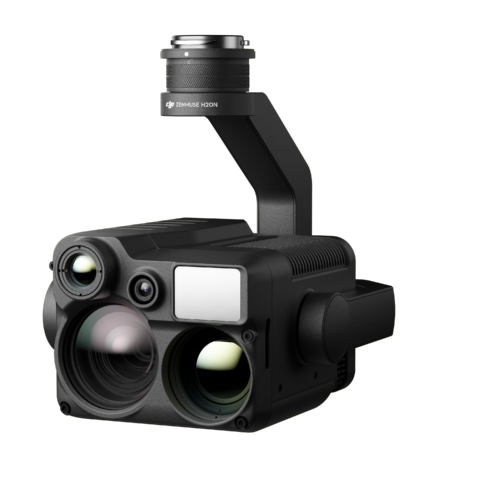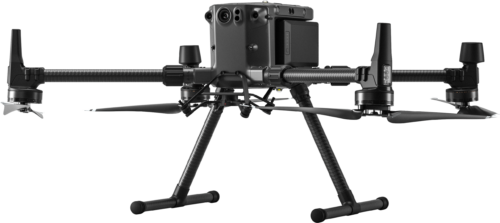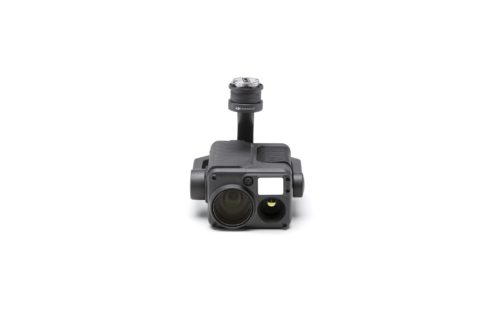Your cart is currently empty!
American Built, Affordable Price. Check out the all new TrueView1 LITE
Thermal
Harness the Power of Thermal Intelligence with Advanced Drone Technology.
While the principles of thermal imaging have been understood for over a century, its integration with cutting-edge drone technology has revolutionized numerous industries. Our advanced thermal drone solutions provide critical insights for inspection, search and rescue, environmental monitoring, and a rapidly expanding array of enterprise applications. See the unseen and gain a deeper understanding of your assets and environment.





